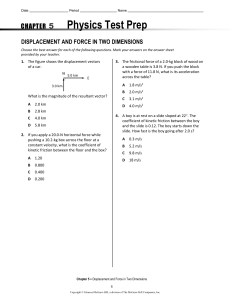

So, I suggest the following alternative approach: students should build their own “practice problems” with real components, and try to mathematically predict the various voltage and current values. They also need real, hands-on practice building circuits and using test equipment. Students don’t just need mathematical practice. While this approach makes students proficient in circuit theory, it fails to fully educate them.

To this end, instructors usually provide their students with lots of practice problems to work through, and provide answers for students to check their work against. It has been my experience that students require much practice with circuit analysis to become proficient. This way, you won’t have to measure any component’s value more than once. Another time-saving technique is to re-use the same components in a variety of different circuit configurations. One way you can save time and reduce the possibility of error is to begin with a very simple circuit and incrementally add components to increase its complexity after each analysis, rather than building a whole new circuit for each practice problem. I recommend resistors between 1 kΩ and 100 kΩ, unless, of course, the purpose of the circuit is to illustrate the effects of meter loading!

#Impulsive force model worksheet 4 answers series#
This complete set includes calculations of motion (velocity and acceleration), calculations of ticker tape measurements, describing and understanding motion graphs, Newton's 3 Laws, Inertia, Momentum, Action and Reaction, Impulse, Impulsive Force, Gravity, Pulley Systems, Tension, Vectors and Scalars, Balanced and Unbalanced Forces, Resultant Force, Forces in Equilibrium, Forces on an Inclined Plane, Frictional Force, Work Done, Principle of Conservation of Energy, Kinetic Energy, Gravitational Potential Energy, Power, Elastic Potential Energy, Hooke's Law, Parallel and Series Spring Arrangement. Complete Force and Motion Bundle (inclusive of over 18 Worksheets)Ī complete bundle consisting of a presentation slide with 125 slides abundant with pictures, equations, examples and exercises to ensure a holistic understanding of motion, force, momentum, energy, power and springs! Coupled with 18 worksheets totaling to over 300 questions.


 0 kommentar(er)
0 kommentar(er)
